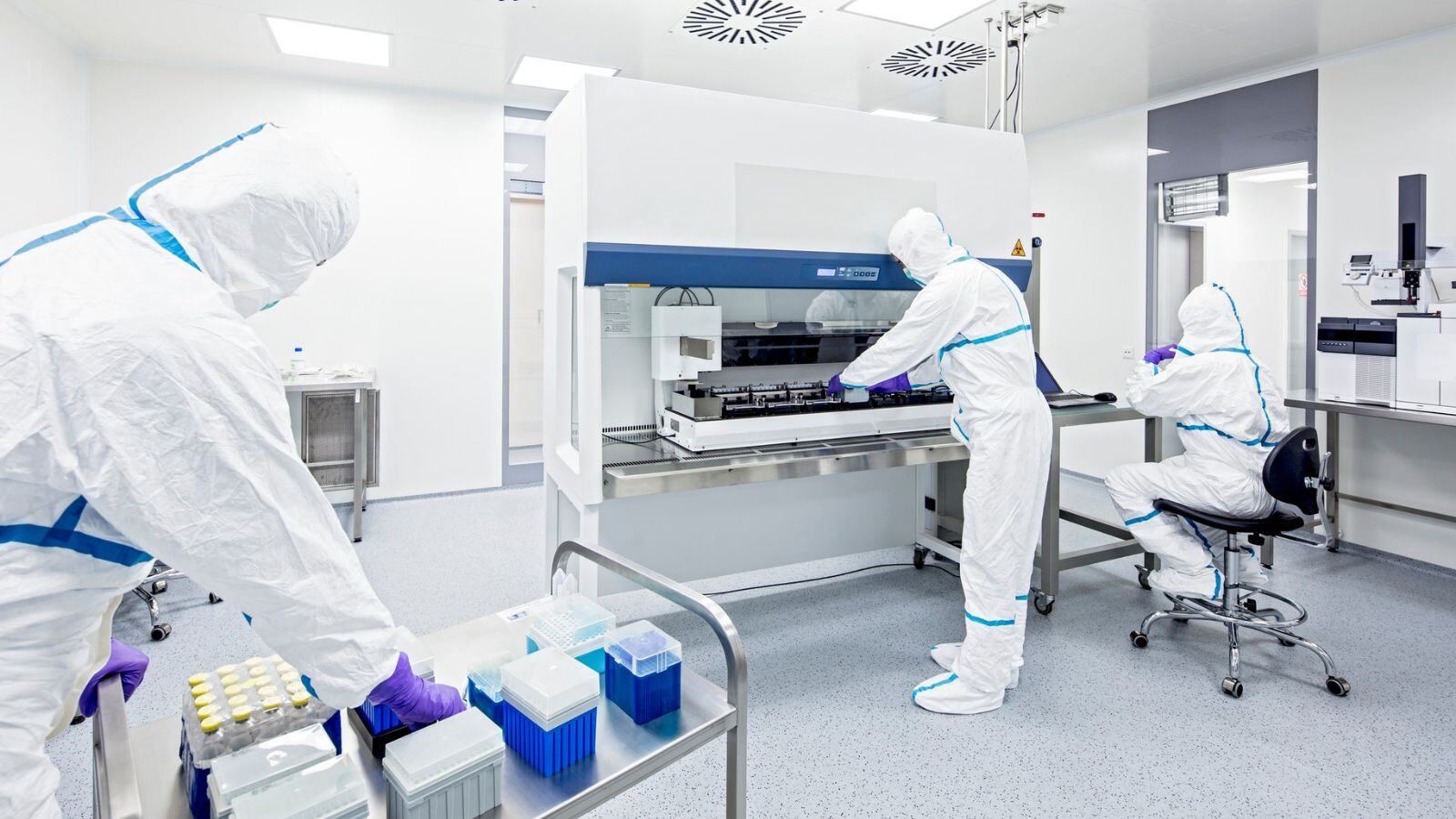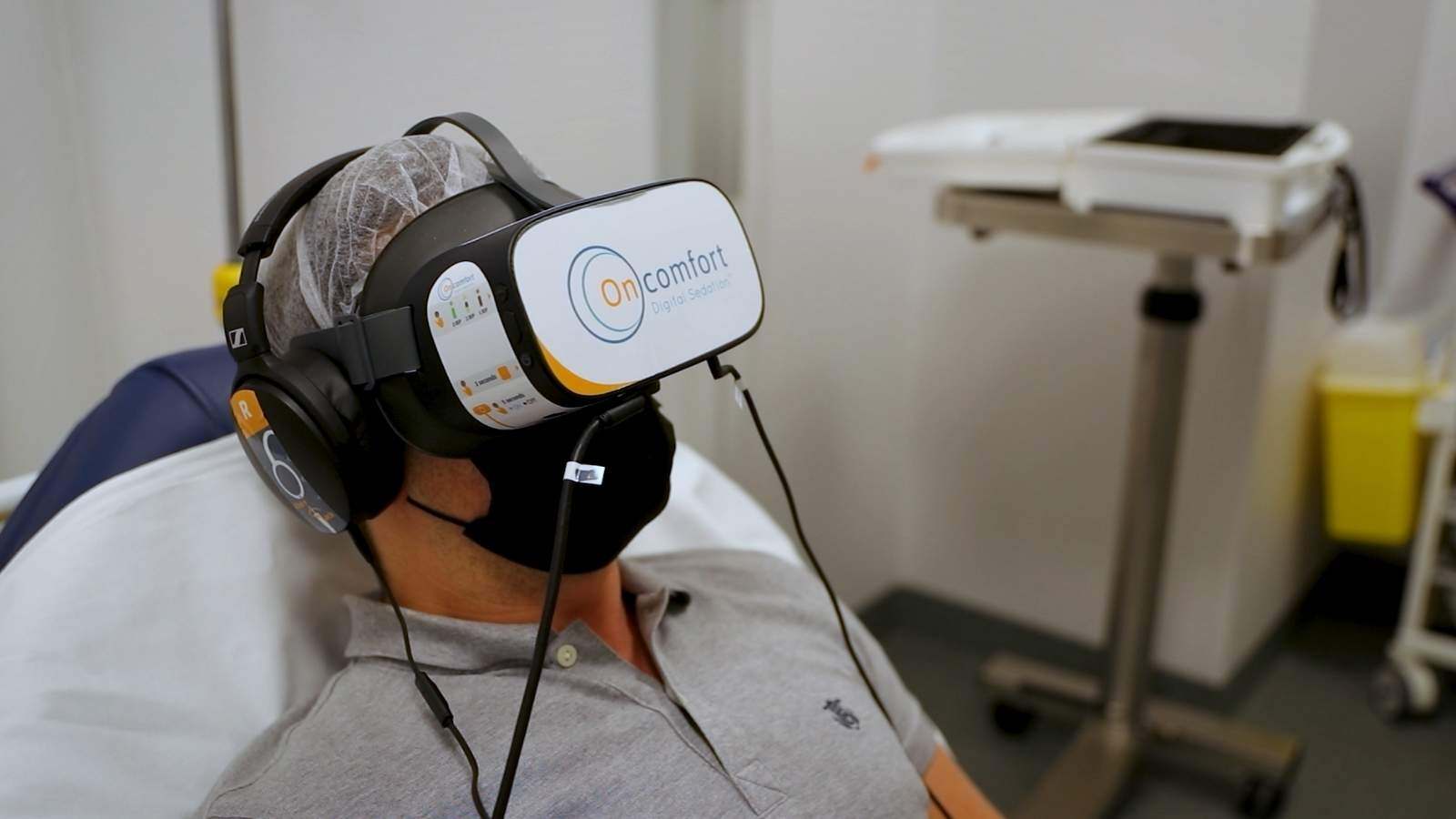What are ATMPs and what are the challenges?
According to the European Medicines Agency (EMA), ATMPs are ‘medicines for human use that are based on genes, tissues or cells’. They are subdivided into the following types:
- Gene therapy medicines
- Somatic-cell therapy medicines
- Tissue-engineered medicines
- Combined products (tissue or cell associated to a device)
ATMPs are a fast growing market with a major focus on oncology and cardiovascular conditions (representing almost 50 percent of the ATMP clinical trials in 2016). However, most of these products are still in the early phases of development. In order to create a product that is commercially viable throughout its lifecycle, a number of specific challenges must be overcome.
A commercially successful ATMP manufacturing process must focus on consistently producing high-quality products, while also allowing for scalability and cost-effectiveness. The biological complexity and variability of cells and genes, the extent of manual labor and the need for cleanroom space often complicate the translation of laboratory-scale experiments into industrial processes (especially when it comes to personalized medicine). Additionally, due to the novelty of the ATMP sector, raw or starting materials are often expensive and specific manufacturing solutions are limited or suboptimal.
By applying the Quality by Design approach, a science and risk-based process development methodology, developers are encouraged to take quality, scalability, cost of goods and sustainability into consideration during the early stages of development. This prevents possible process changes during (commercial) production and therefore reduces the chance of unwanted manufacturing risks and extra costs.
Many of these objectives can be achieved by automating the production process (which reduces human-induced variability and errors) and (in-process) quality controls. This is where AI can play an important role.
What is artificial intelligence and what does it offer?
AI is the ability of machines or computers to demonstrate intelligence. Like human intelligence, machine intelligence is characterized by (self-) learning and problem solving. AI is an attractive technology since it can interpret highly variable input data and adapt to it. Since variability is an inherent property of biological components (for instance cells) and therefore ATMPs, AI is especially interesting for application in these processes. In (ATMP) manufacturing, AI could be used for:
- Development of quality checks
- Processing big data for new insights and correlations
- Robotics
- Predictive maintenance
AI applications in the ATMP sector
Specific AI applications in the ATMP sector could for instance include: quality checks based on images of cell cultures to determine cell viability in a non-destructive manner, or robotics trained for automatic cell detection and execution of laser optoporation on specific target cells.
For AI solutions to be successful and properly train the algorithms, large and representative amounts of data are required. As with all data-driven decisions, especially, for example, in supervised learning (a branch of machine learning that relies on human guidance), bias must be avoided to prevent incorrect algorithms. Incorrect algorithms could lead to the wrong conclusions, potentially resulting in quality or safety risks.
Apart from optimizing production process, AI can also be used to create new therapies, as proven by Exscientia and Sumitomo Dainippon Pharma. These companies did not just use AI to diagnose patients and process data, but they also applied AI to determine the most optimal drug molecule by analyzing a huge database of potential molecules. By using AI, they reduced the development-to-trial time to twelve months.
On a side note, technologies labelled as AI change as realizations are made and new challenges arise. Consequently, technologies that are considered AI today, might not be called AI in the future.
How should artificial intelligence be validated?
AI technologies must be validated in order for them to be used in a GMP environment. At this moment, the FDA or EMA have not provided a guideline for the validation of AI applications. The FDA did however publish a ‘Proposed Regulatory Framework for Modifications to Artificial Intelligence/Machine Learning (AI/ML)-Based Software as a Medical Device (SaMD)’. This document gives an insight of the FDA’s current view on AI for SaMDs, but does not specifically mention the incorporation of AI in a manufacturing/drug development environment. In this proposed framework the FDA provides some considerations for the development of AI applications (in this case with a focus on machine learning for SaMD) in order to meet high-quality standards:
- Data should be relevant to the intended problem and current practice
- Data should be acquired in a consistent and generalizable manner
- There should be a separation between training, tuning and test datasets
- There should be sufficient level of clarity of the output and the algorithm itself
Apart from these specific bullet points, the FDA framework mentions general principles like adherence to good software engineering practices and quality system practices, and a total lifecycle approach. This total lifecycle approach is intended to present regulatory instances with an overview of a company’s quality of (software) development, testing and performance monitoring. Consequently, this lifecycle approach provides an indication for assurance of safety and effectiveness. The actual modification of an AI algorithm (especially if possibly affecting performance, intended use or input data) should be executed, according to the FDA, following a predetermined change control plan, which takes into consideration the initial software specifications and an algorithm change protocol.
References:
- Quality cell therapy manufacturing by design, Lipsitz Y. et al.
- Advanced therapy medicinal products: current and future perspectives, Hanna E. et al.
- Advanced therapies investment report 2017, Phacilitate & Biotechandmoney
- FDA needs to set standards for using artificial intelligence in drug development, Fischer C (STAT);
- Proposed Regulatory Framework for Modifications to Artificial Intelligence/Machine Learning (AI/ML)-Based Software as a Medical Device (SaMD), FDA;
- Artificial Intelligence and Machine Learning in Software as a Medical Device, FDA.
- Startups using artificial intelligence in drug discovery, Smith S (BenchSci).
- Use cases of AI in manufacturing, Polachhowska K & Trojnarski M (Neoteric);
- Advanced therapy medicinal products (ATMPs), EMA;
- Reflection paper stem cell based medicinal products, EMA;
- Artificial intelligence-created medicine to be used on humans for first time, Wakefield J (BBC)







.png?width=109&height=108&name=Pharma%20(2).png)
.png?width=111&height=108&name=Medical%20Devices%20(2).png)
.png?width=84&height=107&name=IVD%20(2).png)




























%20Checklist.jpg)











.jpg)




.jpg)





















.jpg)

.jpg)



.png)

.jpg)
.jpg)


.jpg)
.jpg)

.jpg)

.png)